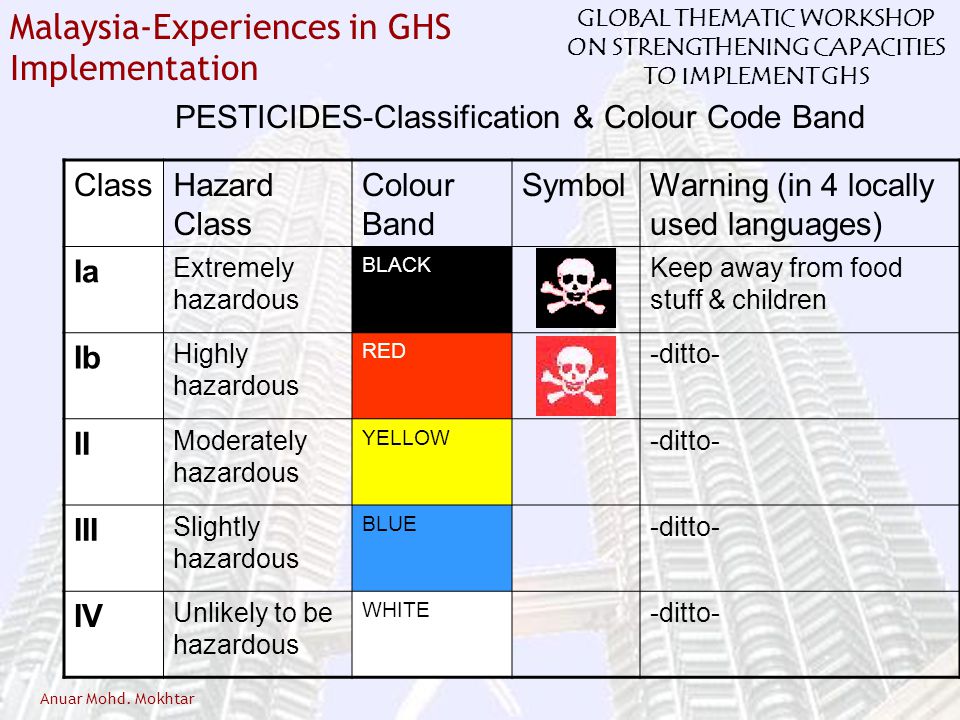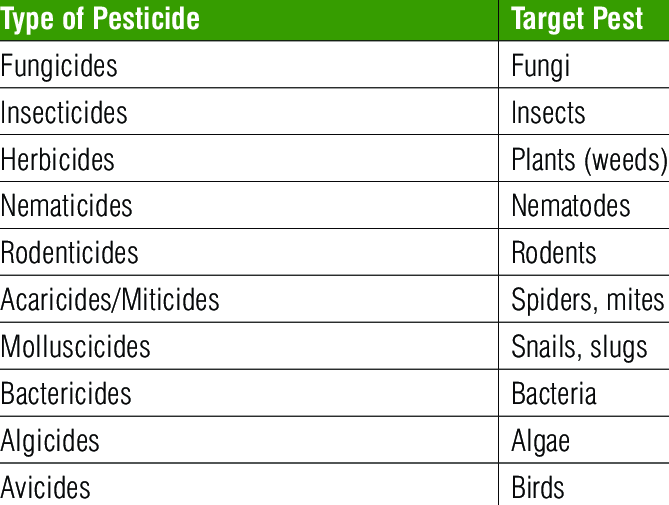Hello again, for this week we will be looking into Pesticide Calculation. Our lecturers showed us the types of pesticide and the pesticide calculation.
What is pesticide?
The word pesticide are derived from the Latin word Pestcida. Pest ( unwanted organism) and cida ( kill or cut) are substances that are meant to control pests, including weeds.
In general, a pesticide is a chemical or biological agent (such as a virus, bacterium, or fungus) that deters, incapacitates, kills, or otherwise discourages pests. Target pests can include insects, plant pathogens, weeds, molluscs, birds, mammals, fish, nematodes (roundworms), and microbes that destroy property, cause nuisance, or spread disease, or are disease vectors. Along with these benefits, pesticides also have drawbacks, such as potential toxicity to humans and other species.
 |
| The classification of Pesticides |
 |
| Type of pesticide |
Pesticides can pose hazards to humans. The severity of a harmful effect or poisoning depends on the pesticide’s chemical makeup and formulation, its path into the body, the amount that enters the body, and the length of exposure. Before you start spraying pesticides, you need to wear Personal Protective Equipment (PPE). By wearing this it can greatly reduce the potential for dermal, inhalation, eye, and oral exposure, and thereby significantly reduce the chances of a pesticide poisoning.
| PPE includes such items as protective suits, footwear, gloves, aprons, respirators, eyewear, and headgear |
 |
| Students spraying pesticides around the rubber field. PESTICIDE CALCULATION |
1) SPRAY VOLUME PER HECTARE
SWATH WIDTH (m) NOZZLE DISCHARGE (l/min) WALKING SPEED (m/min)
- Nozzle diameter -Pump for 1 minute. - after 1 minute
= (Nozzle discharge l /min) / (Walking speed) swath width x ( 1000 meter square / 1 hectare )
2) C1V1 = C2V2
C1 = % of formulation ( On the label )
V1 = X
C2 = % of AI (active ingredients recommended)
V2 = Spray volume per hectare
Example :
Swath width / 1.2m Nozzle discharge / 1.5 l/min
Walking speed = 46.4 m/min 1.5 / 46.4(1.2) x 1000/1 = 269.4 liter per hectare
From this week learning, I have learn how to calculate the pesticide that is needed in a certain area.

Comments
Post a Comment